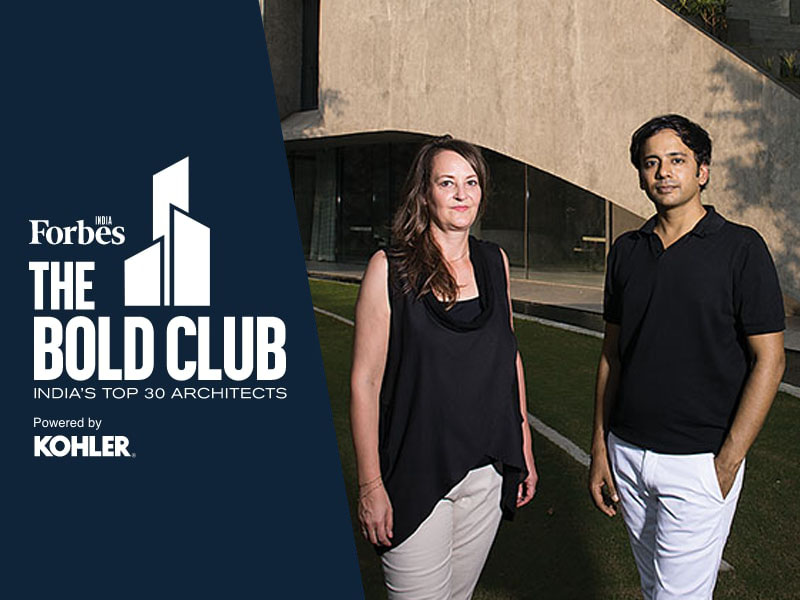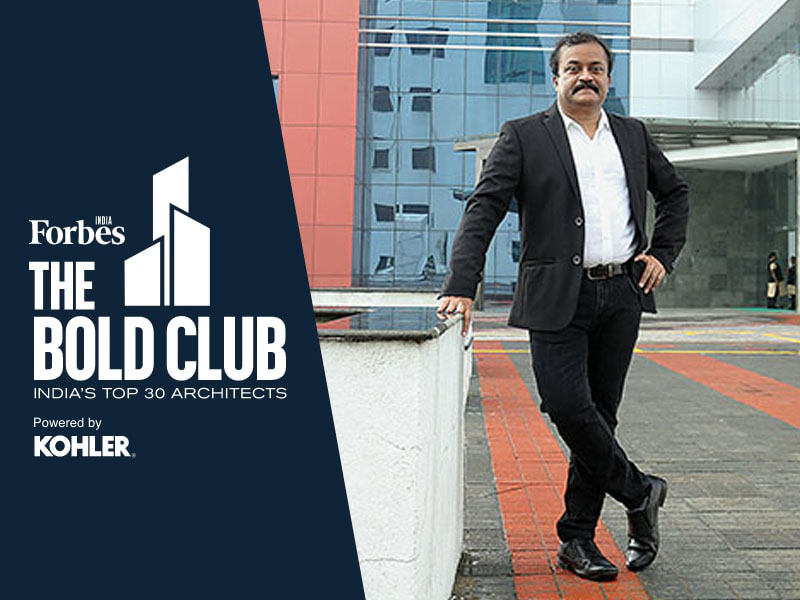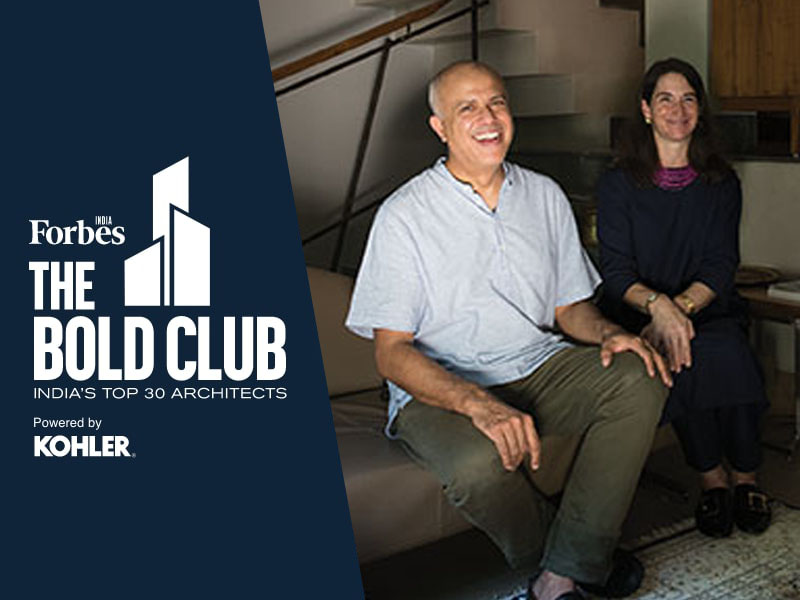DSP Design Associates
Catalyst Of Change
The journey to becoming prominent figures in the architectural world was shaped by different events for three ambitious men.
As a child, Yatin Patel was fascinated with shapes and blocks with which he used to make structures, utility objects and prototypes. Bimal Desai’s family structural engineering business heavily influenced his desire to create iconic high-performance structures. Having an architect-father shaped Mehul Shah’s early inclinations to leave his own mark in the industry.
Somewhere along the way, their paths crossed and in 1988, the trio established DSP Design Associates, an internationally renowned architecture, interior design and smart building advisory practice. The firm, whose current financial year turnover is `200 crore, has five multi-disciplinary studios in India and an overseas office in Singapore. “Our firm’s principles mandate us as designers to design tech-intelligent human-adaptive spaces,” says Patel.
Commercial Campuses for Capgemini in Mumbai, high-rise building Omkar 1973, and mixed-use development TransStadia in Ahmedabad are some of their prominent projects.
“DSP Design as a studio is committed to delivering a design that is contextually relevant while acting as a catalyst of change, uniquely, for each client’s organisational ambitions,” says Desai.
The Oracle Financial Services (formerly i-Flex Solutions) in Bengaluru, an award-winning design, is a testament to how the firm can exploit the design potential of a space with even a client’s one-sentence brief. “An inspirational statement and thought-provoking brief by the client triggered our creativity and innovation to conceive a project which would be an architectural engineering marvel and one-of-its-kind in the entire Southeast Asian region,” says Desai.
Its ongoing projects include a multi-tenant office in Hyderabad for the Sattva Group and Tech-Commercial Campuses for Bagmane Group in Mumbai.
The firm believes smart buildings can yield substantial improvements in performance, wellness and risk mitigation. “This can be achieved by a purposeful and methodical approach to technology in design, development and property management,” says Shah.
By Darielle Britto

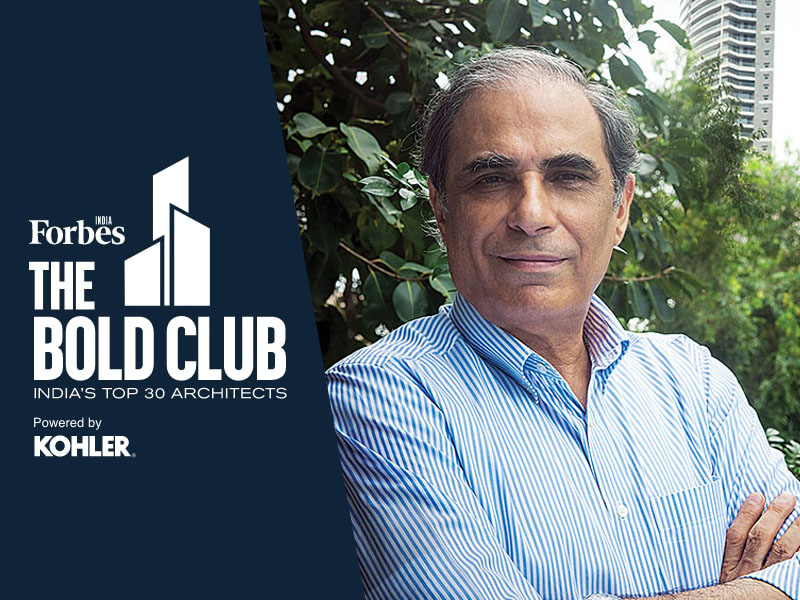
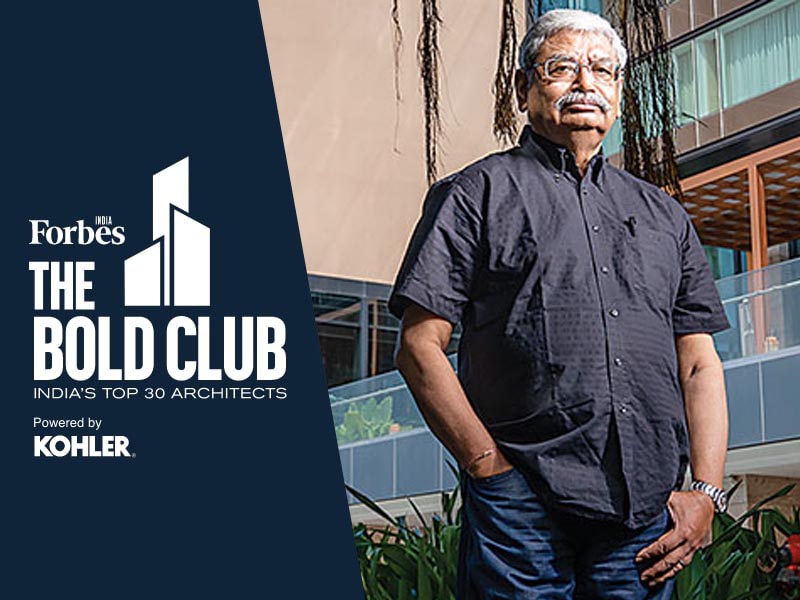

 Pvt LtD.jpg)

.jpg)


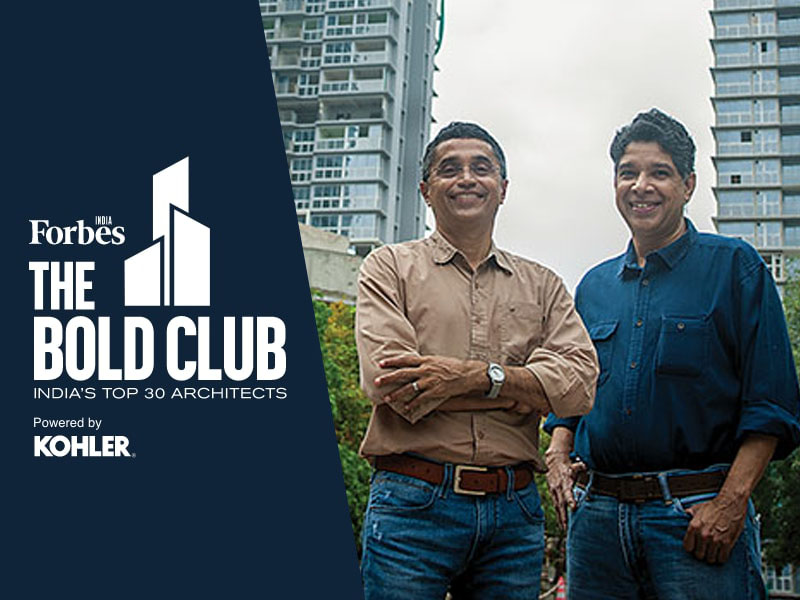
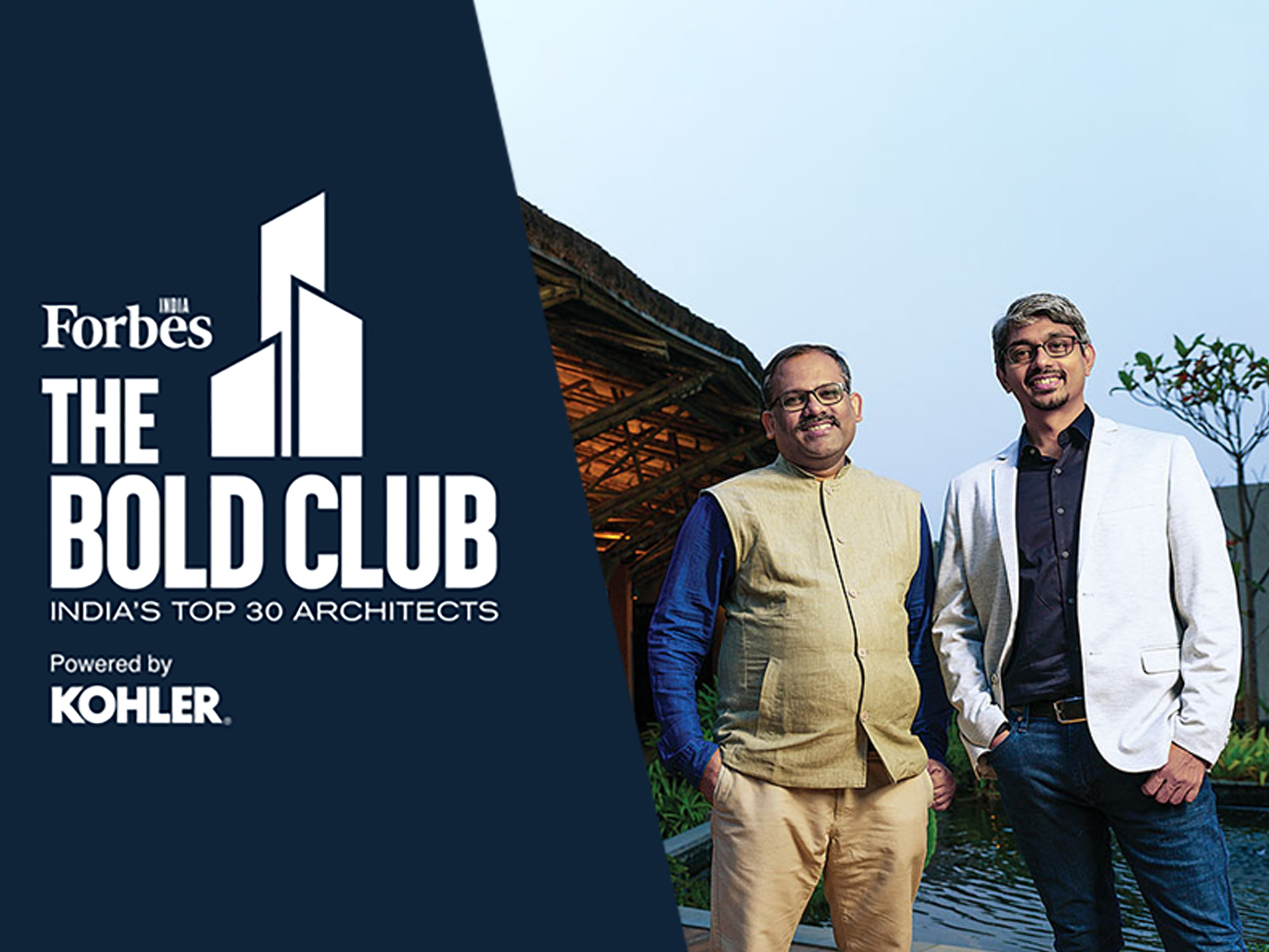

.jpg)



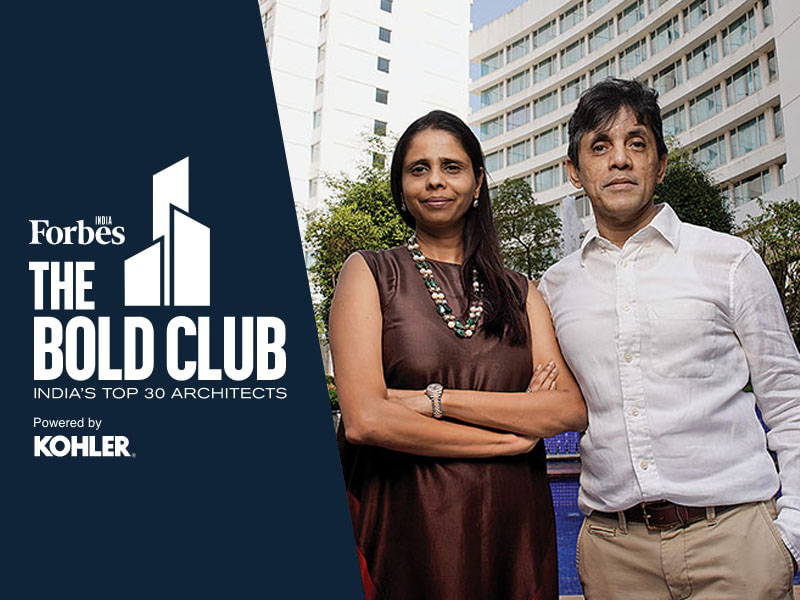
 Pvt Ltd.jpg)
.jpg)
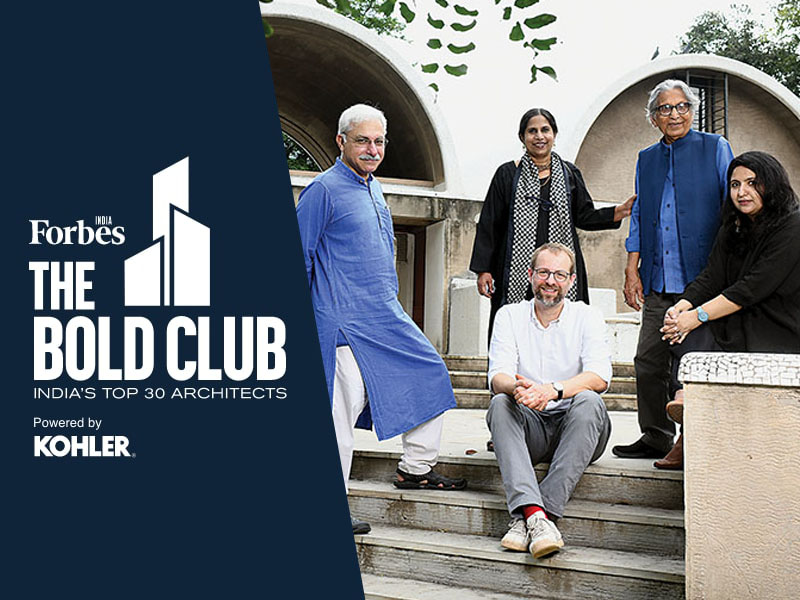
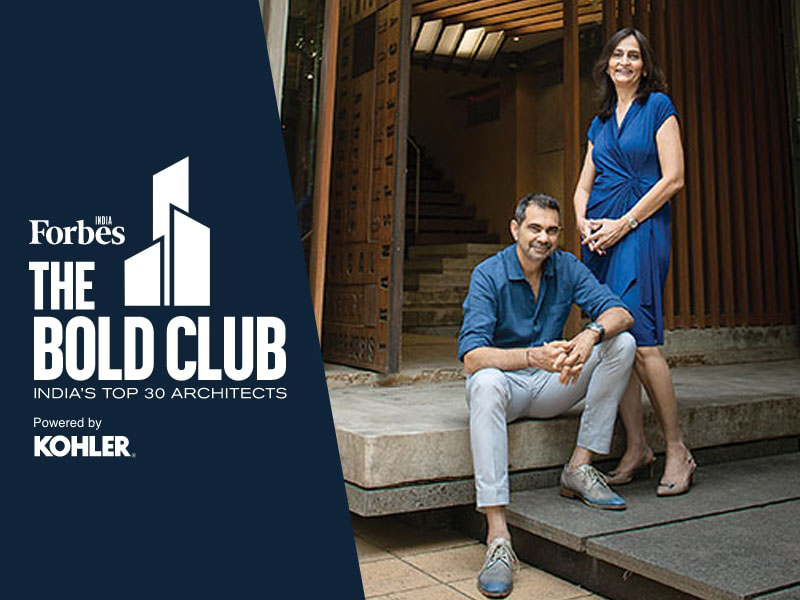
.jpg)

